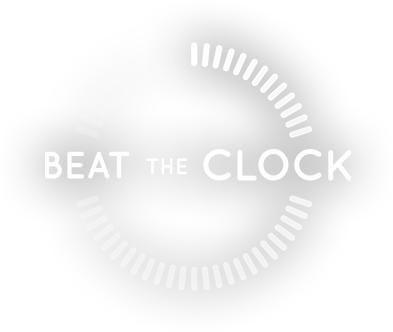

To understand the relevance of these findings the team focused on the heart, where the different levels of sodium and potassium inside and outside of cells is what allows the electrical impulse that causes heart cells to contract and so drives the heartbeat. These findings represent a new and important insight into how different cell types maintain homeostasis whilst accommodating changes in cytosolic macromolecular crowding. To complete the cycle, this process reverses at night when protein levels decrease and ion levels increase. Across the day, concentrations of potassium, sodium and chloride ions fall by as much as 30% in response to increasing protein levels.

During the day, concentrations of cytosolic proteins within cells increase, and ions are exported from the cell to “make room” for them. The study’s lead author, Alessandra Stangherlin, made the initial discovery that cellular ion levels fluctuate to compensate for daily changes in macromolecular crowding of proteins, so that cell volume remains unchanged. Now, John O’Neill’s group, in the LMB’s Cell Biology Division, working with Peter Newham at AstraZeneca and other collaborators, have shown a mechanism whereby circadian rhythms within heart cells make as great a contribution to daily variation in heart rate as signals from the nervous system. In the heart, daily variations in the nervous system allow for increased cardiac output (such as elevated heart rate in the morning) – in anticipation of a higher workload as we begin our daily activities. Human physiology is regulated into 24-hour rhythms to anticipate the differing demands of day and night. This helps the heart to beat faster during the day and to sustain daily activities. Daily transport of ions in and out of heart cells allows heart rate to anticipate daily demand Heart clocks regulate the daily variation in heart rate – Each heart cell has a clock that regulates the frequency of firing rate between day and night.


 0 kommentar(er)
0 kommentar(er)
